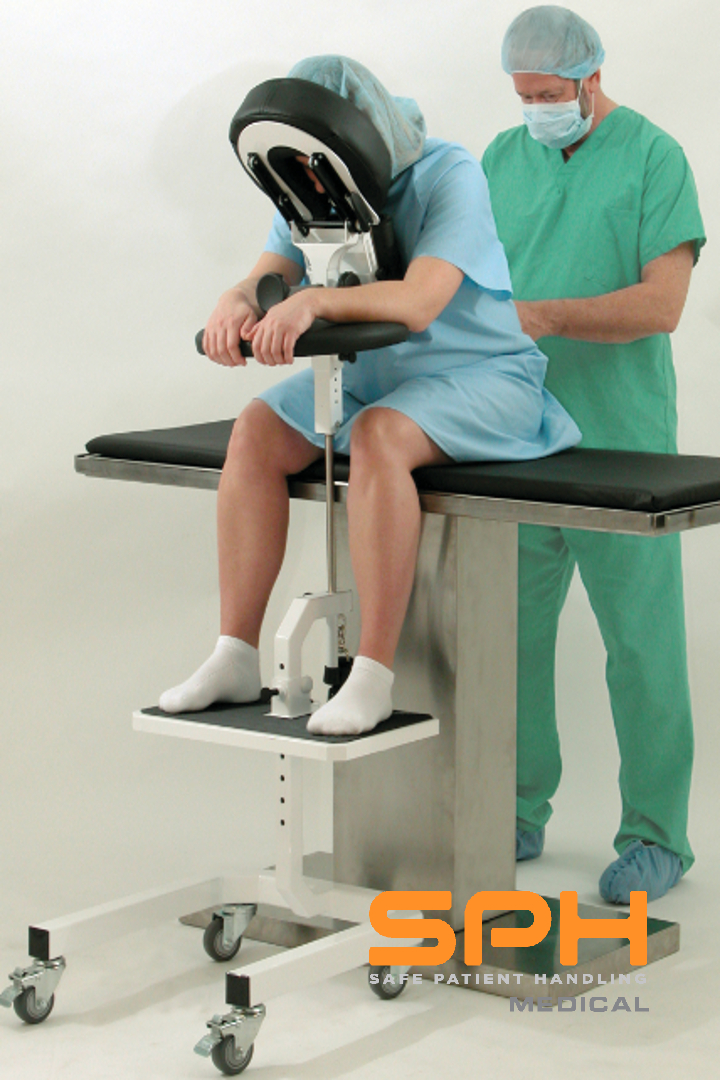Manage the Pandemic’s Future by Boosting N95 Mask Supply
In 2021, the future of the pandemic seems to hinge on the efficacy and availability of the vaccine. While vaccine efforts do look promising, it is important to remember that some of the most powerful tools to combat COVID-19 are the same as they have been since the start. Using quality masks remains a critical component of conquering the pandemic once and for all. Shockingly, even after a year, the N95 mask supply is still in dire need globally. Hospitals around the country are still imposing strict limits on N95 mask usage. This leaves workers and first responders to reuse the same mask for multiple shifts to their own personal detriment. Yet, despite these restrictions, mask production is up around the world. In the United States, many established manufacturers have been boosting N95 mask supply. Moreover, as supply chain problems arise, smaller manufacturers have shifted their business models to compensate.
For comparison, prior to the pandemic, the demand for N95 respirators in the United States, including the model 9500-N95 mask, was 1.7 billion per year. Today, that demand has skyrocketed to 5.7 billion. Making a supply of N95 mask products to meet that need is a daunting task. The problem is evident when considering the cost of the N95 mask in today’s market. A year ago, these masks sold for less than a dollar. Recently, they reached prices in the range of $3.50 – $5.00.
Worse, the supply chain has not sufficiently adapted to make room for new suppliers. Some reports show that new suppliers are making a NIOSH N95 mask supply, but their products are going unused. The supply chain has not adequately explored all avenues for new stock, and too many medical facilities are relying on outdated suppliers or questionable alternatives.
This is deeply problematic given the reality of how COVID-19 is spread. Masks are an effective tool in controlling the pandemic because COVID-19 is transmitted through aerosols and respiratory droplets. Aerosols can be stopped by a fitted mask, but medical workers need a NIOSH N95 mask for the added fluid protection. While all N95 masks are designed to filter out extremely small and large particles, not all of them are made with fluid protection. Fluid protection ensures that the wearer is protected from blood or other bodily fluids that could be contagious. For frontline workers, this sort of protection is essential. Fluid resistance is a critical component in the mask’s surgical rating. Masks that are surgically rated must be tested for fluid resistance.
Supply Shortages or Supply Chain Failure
Whether the problem is supply shortages or supply chain failure, the end result is the same. Frontline workers are being left vulnerable when they need to be protected most. In fact, there is a growing consensus that the general population might benefit from increased masking. As new variants of COVID-19 spread across the globe, people need increased protection. However, until supply issues are resolved with the model 9500-N95 masks, other measures will need to be taken.
Fortunately, there is still good news. Despite the current obstacles, there are still viable options for medical facilities in securing the masks frontline workers need. The key is to leverage established manufacturers and work with reputable suppliers. This is where SPH Medical comes into play.
SPH Medical is a legitimate supplier in uncertain times. In order to cut on costs, SPH Medical has not cut out quality. Instead, the company has streamlined the supply chain and cut out the middle man. This ensures the best prices and efficient shipping times. SPH Medical is a reliable source that is trusted by hospitals across the country.
In particular, SPH Medical works closely with Makrite. Makrite has 30 years of experience in making masks, and the Makrite 910-N95FMX model is its latest and best. This Makrite N95 mask is NIOSH certified, and it has a surgical rating for fluid resistance. Its extreme efficacy has made the Makrite 910-N95FMX one of the company’s most popular surgical respirators. In other words, there is no need for frontline workers to suffer from a subpar supply. SPH Medical can help any medical facility build up a Makrite N95 mask supply to protect workers throughout the whole pandemic and beyond.
It is hard to predict what will come next in the pandemic. SPH Medical can prepare you for it all.
















